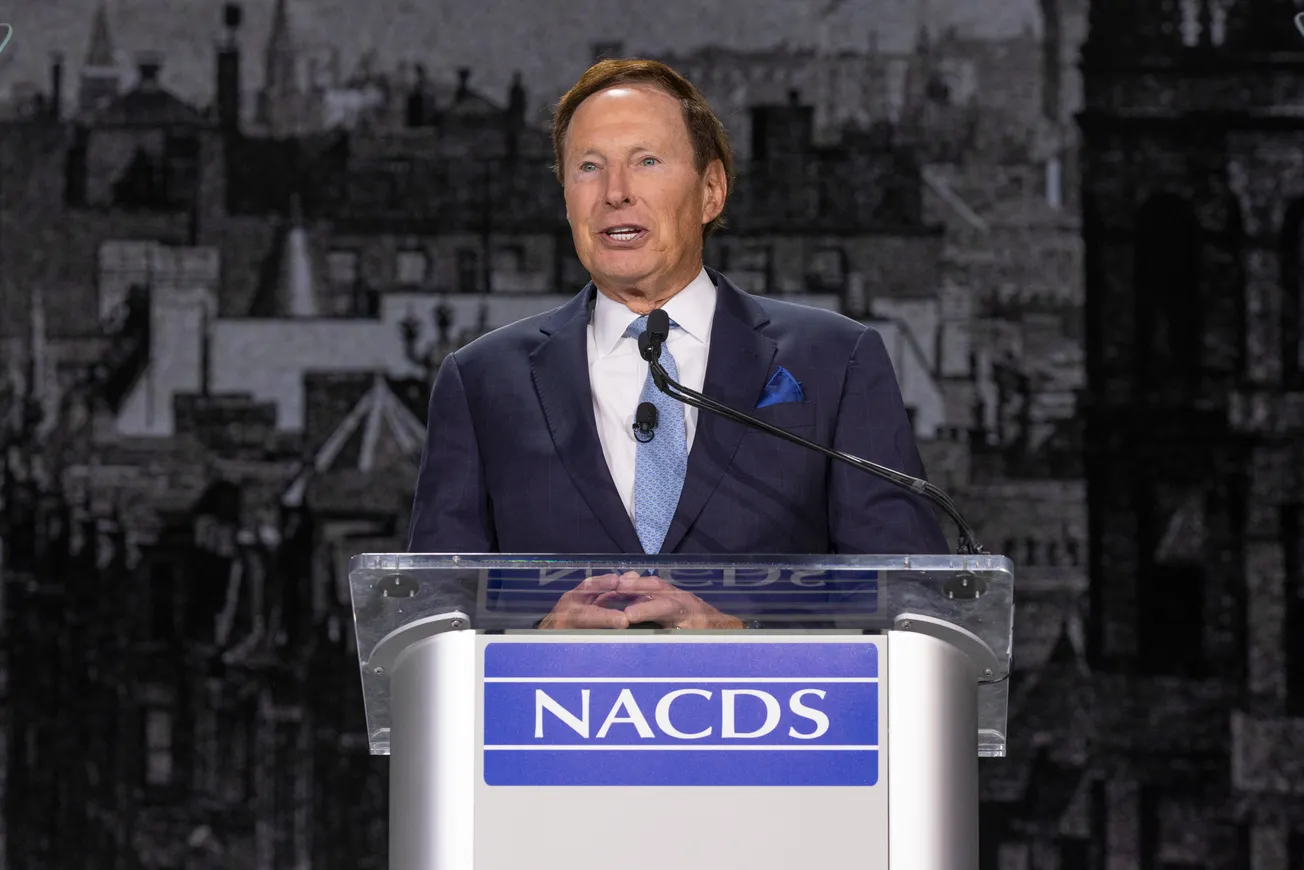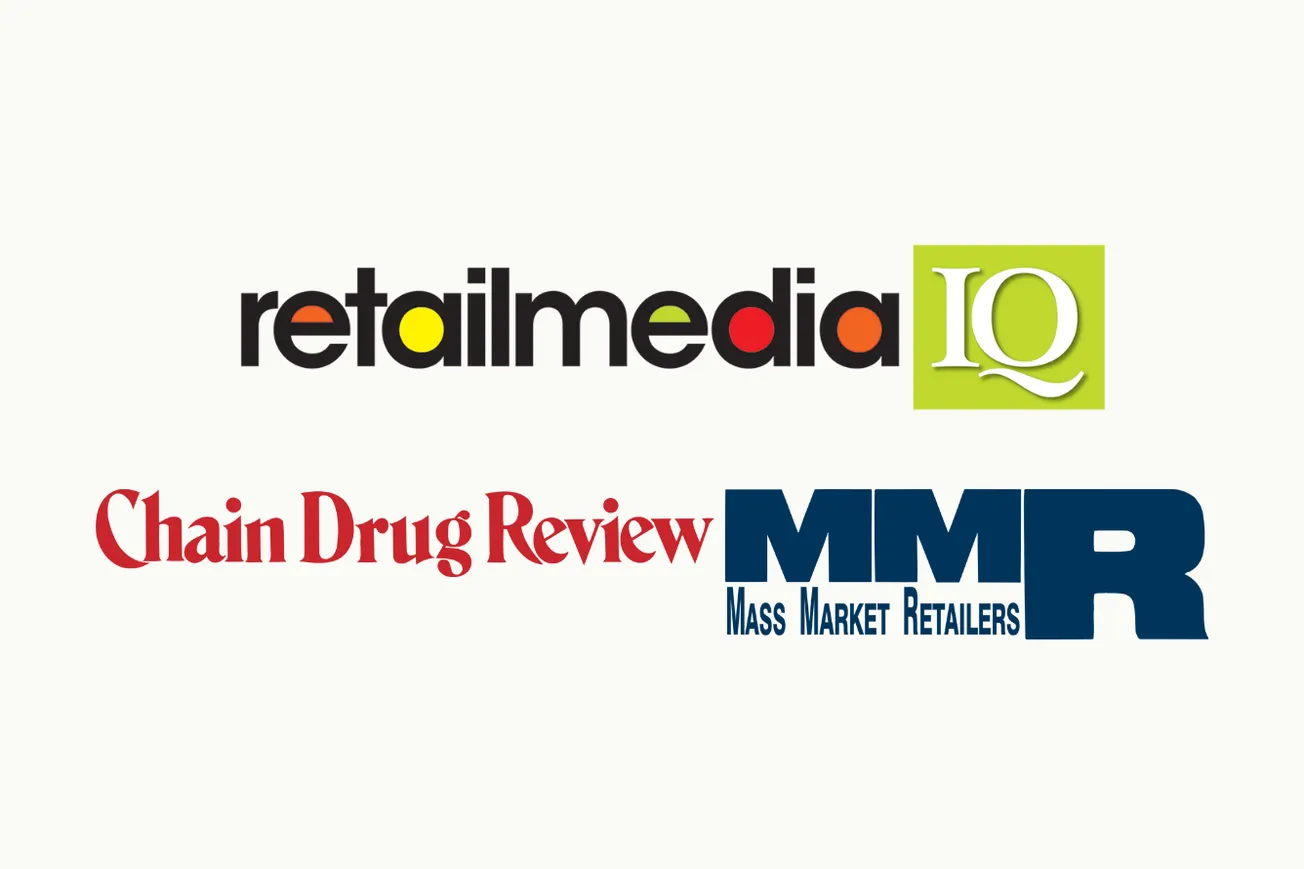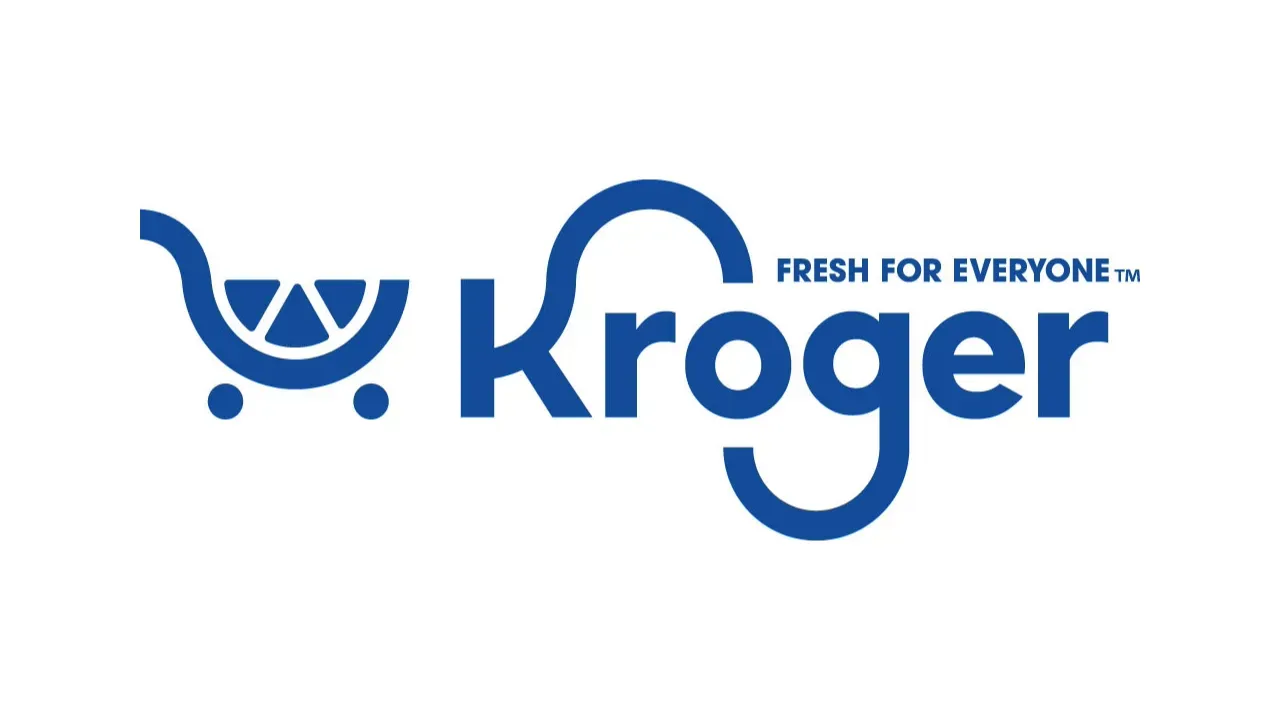WOONSOCKET, R.I. — CVS Health posted first quarter sales and earnings that topped Wall Street’s forecasts. Revenue for the period ended March 31 rose 11% to $85.3 billion, exceeding analysts’ projected $80.79 billion. Adjusted earnings of $2.20 per share beat the average estimate of $2.09.
The strong showing notwithstanding, the company lowered its outlook for the full year, projecting adjusted earnings per share of $8.50 to $8.70, compared with its prior forecasted range of $8.70 to $8.90. The company also announced that it has completed its acquisition of Oak Street Health.

Karen Lynch
“We delivered another strong quarter while executing on the strategy we outlined in December 2021, leading to the close of the Signify Health acquisition followed quickly by Oak Street Health,” said president and CEO Karen Lynch. “These additions are core to our strategy and will help unlock future growth as we push further into value-based care, which prioritizes keeping people healthy.”
CVS reported a net profit for the quarter of $2.14 billion, or $1.65 a share, compared with $2.36 billion, or $1.77 a share, in the year-ago period.
Operating income decreased 2.8% primarily due to the write-down of the Omnicare long-term care business, a decrease in adjusted operating income and an increase in acquisition-related transaction and integration costs compared to the prior year. The decrease in operating income was partially offset by the absence of a $484 million opioid litigation charge recorded in the prior year and a decrease in the amortization of intangible assets.
Adjusted operating income decreased 5.1% primarily driven by declines in the Pharmacy & Consumer Wellness segment, partially offset by increases in the Health Services segment.
Interest expense remained relatively consistent, increasing to $589 million from $586 million.
The effective income tax rate increased to 25.6% compared to 21.5% primarily due to the absence of the impact of certain discrete tax items concluded in the first quarter of 2022. The company’s adjusted effective income tax rate remained relatively consistent compared to prior year.
Effective for the quarter of 2023, the company realigned the composition of its segments to correspond with changes made to its operating model and how the business is managed. As a result, it formed a new Health Services segment, which in addition to providing a full range of pharmacy benefit management (PBM) solutions, also delivers health care services in the company’s medical clinics, virtually, and in the home, as well as provider enablement solutions. In addition, the company created a new Pharmacy & Consumer Wellness segment, which includes its retail and long-term care pharmacy operations and related pharmacy services, as well as its retail front store operations. This segment will also provide pharmacy fulfillment services to support the Health Services segment’s specialty and mail order pharmacy offerings. CVS also discontinued its former segment reporting practice for activity under its Maintenance Choice program. The company’s four reportable segments are now: Health Care Benefits, Health Services, Pharmacy & Consumer Wellness and Corporate/Other.
The Health Care Benefits segment’s total revenues increased 12.1% for the quarter, driven by growth across all product lines.
Adjusted operating income decreased slightly, primarily as a result of the continued progression towards normalized utilization and lower impact from favorable development of prior-years’ health care cost estimates in the three months that ended March 31, compared to the prior year. These decreases were largely offset by higher net investment income and membership growth across all product lines.
- The MBR increased to 84.6% in the three months ended March 31 compared to 83.4% in the prior year reflective of the continued progression towards normalized utilization and lower impact from favorable development of prior years health care cost estimates in the three months ended March 31, 2023 compared to the prior year.
- Medical membership as of March 31, 2023 of 25.5 million increased 1.1 million members compared with December 31, 2022, reflecting increases across all product lines including an increase of approximately 900,000 members related to the individual exchange business within the Commercial product line.
- The segment experienced favorable development of prior-years’ health care cost estimates in its Government Services and Commercial businesses during the three months ended March 31, 2023, primarily attributable to fourth quarter 2022 performance.
- Prior years’ health care costs payable estimates developed favorably by $693 million during the three months ended March 31, 2023. This development is reported on a basis consistent with the prior years’ development reported in the health care costs payable table in the Company’s annual audited financial statements and does not directly correspond to an increase in 2023 operating results.
The Health Services (formerly Pharmacy Services) segment’s total revenues increased 12.6%, primarily driven by increased pharmacy claims volume, growth in specialty pharmacy and brand inflation, partially offset by continued pharmacy client price improvements.
- Adjusted operating income increased 14.2% for the three months ended March 31, 2023 compared to the prior year primarily driven by improved purchasing economics, including increased contributions from the products and services of the Company’s group purchasing organization, and increased pharmacy claims volume. These increases were partially offset by continued pharmacy client price improvements and decreased COVID-19 diagnostic testing in the segment’s MinuteClinic® walk-in medical clinics compared to the prior year.
- Pharmacy claims processed increased 3.7% on a 30-day equivalent basis for the three months ended March 31, 2023 compared to the prior year. The increase was primarily driven by net new business, increased utilization and the impact of an elevated cough, cold and flu season compared to the prior year. These increases were partially offset by a decrease in COVID-19 vaccinations. Excluding the impact of COVID-19 vaccinations, pharmacy claims processed increased 4.8% on a 30-day equivalent basis for the three months ended March 31, 2023 compared to the prior year.
The Pharmacy & Consumer Wellness (formerly Retail/LTV) segment’s total revenues increased 7.8%, largely because of increased prescription and front store volume, pharmacy drug mix and brand inflation. These increases were partially offset by continued pharmacy reimbursement pressure, decreased COVID-19 vaccinations and diagnostic testing and the impact of recent generic introductions.
- Adjusted operating income decreased 27.9% for the three months ended March 31, 2023 compared to the prior year primarily driven by continued pharmacy reimbursement pressure, decreased COVID-19 vaccinations and diagnostic testing and increased investments in the segment’s operations and capabilities. These decreases were partially offset by the increased prescription volume described above and improved generic drug purchasing.
- Prescriptions filled increased 2.5% on a 30-day equivalent basis for the three months ended March 31, 2023 compared to the prior year primarily driven by increased utilization and the impact of an elevated cough, cold and flu season compared to the prior year. These increases were partially offset by a decrease in COVID-19 vaccinations. Excluding the impact of COVID-19 vaccinations, prescriptions filled increased 4.5% on a 30-day equivalent basis for the three months ended March 31, 2023 compared to the prior year.










